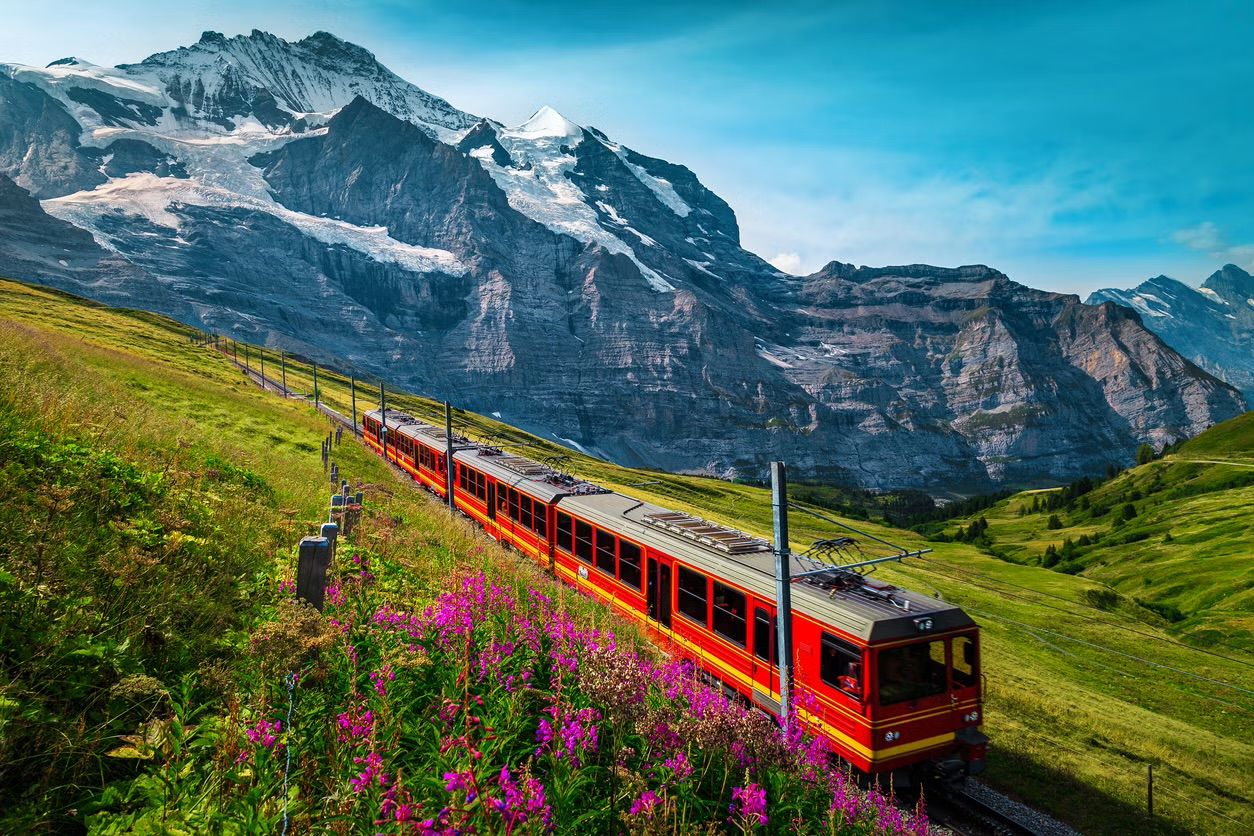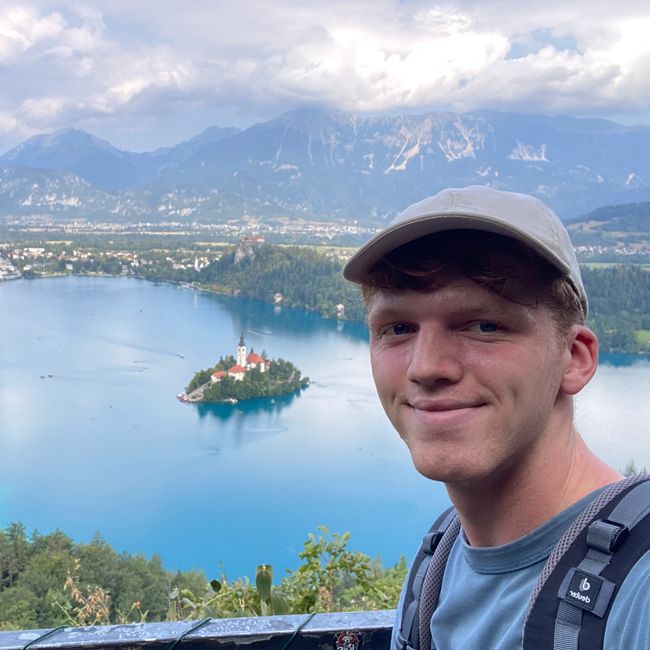Day 7 - Historical Budapest
已发表: 05.09.2024
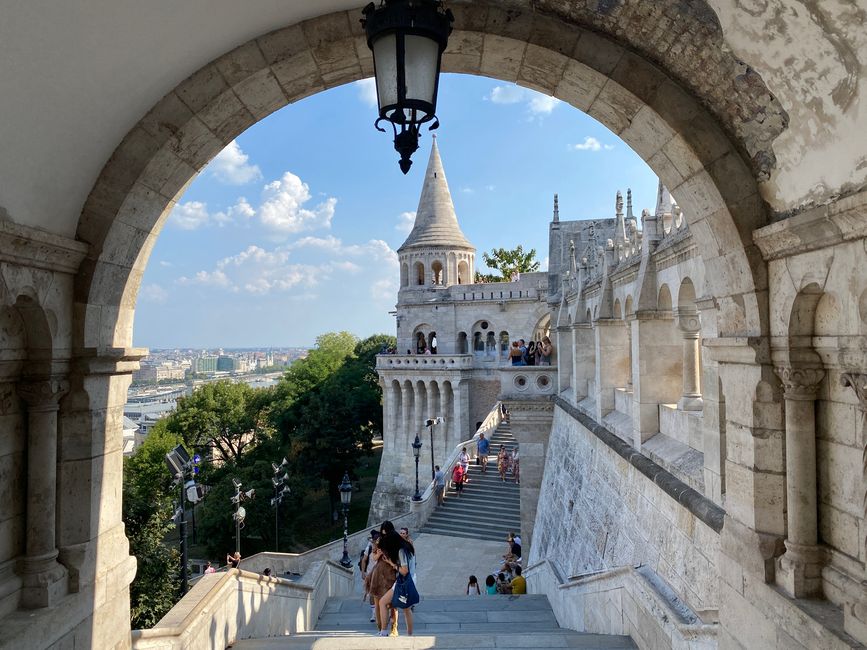
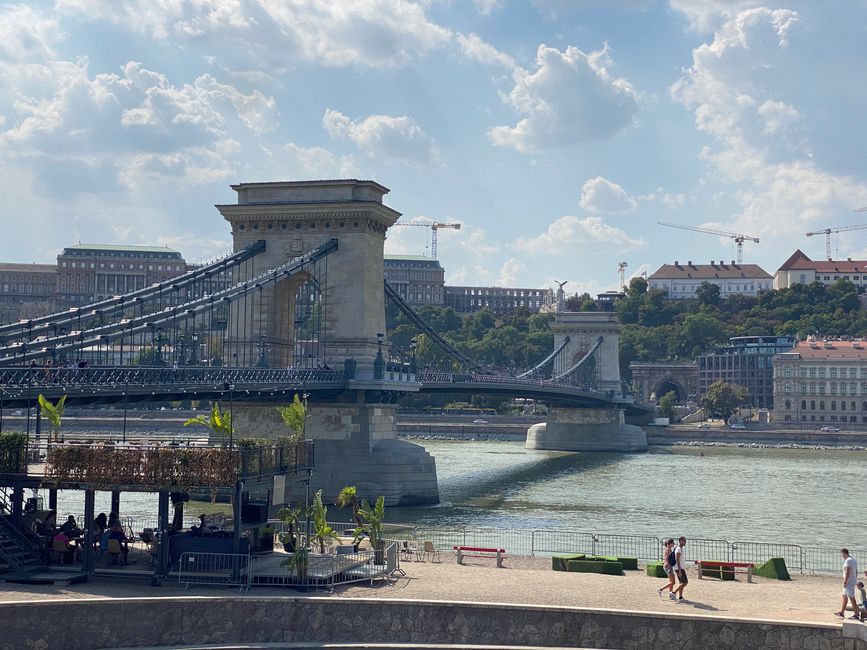
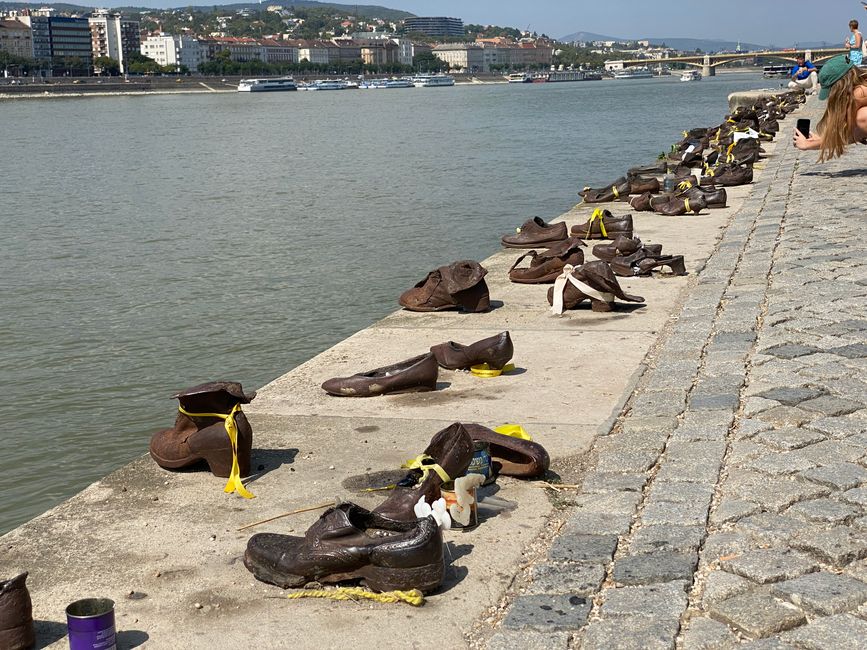
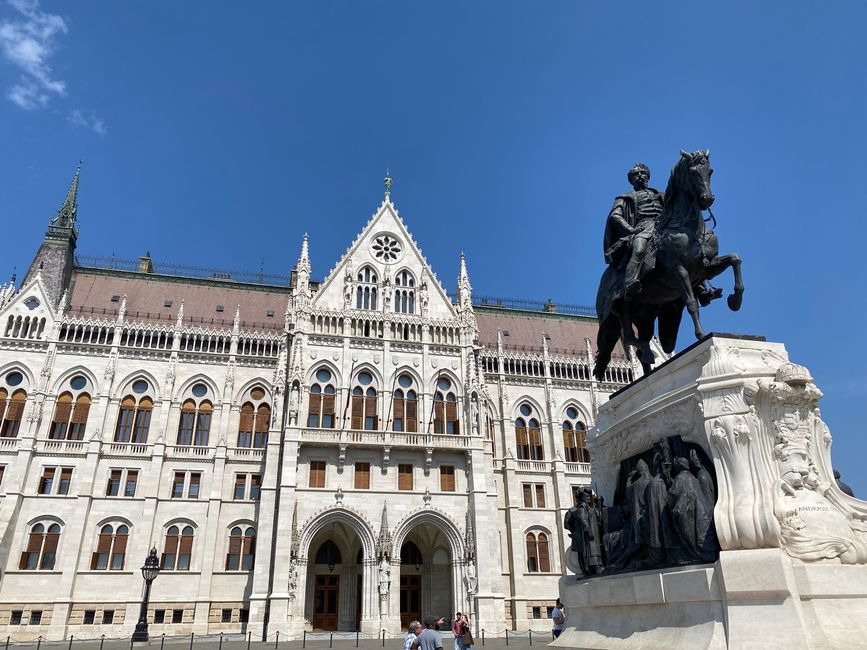
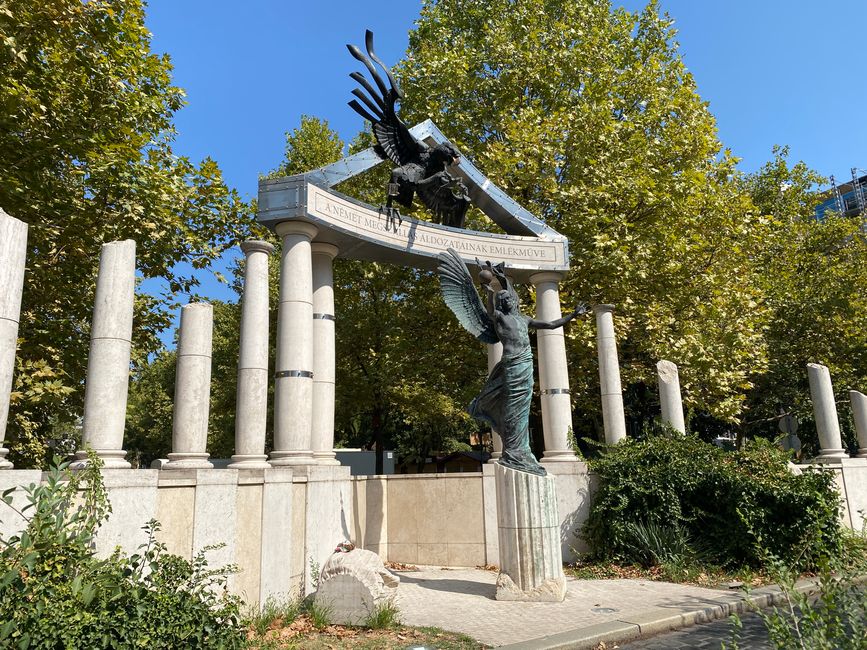
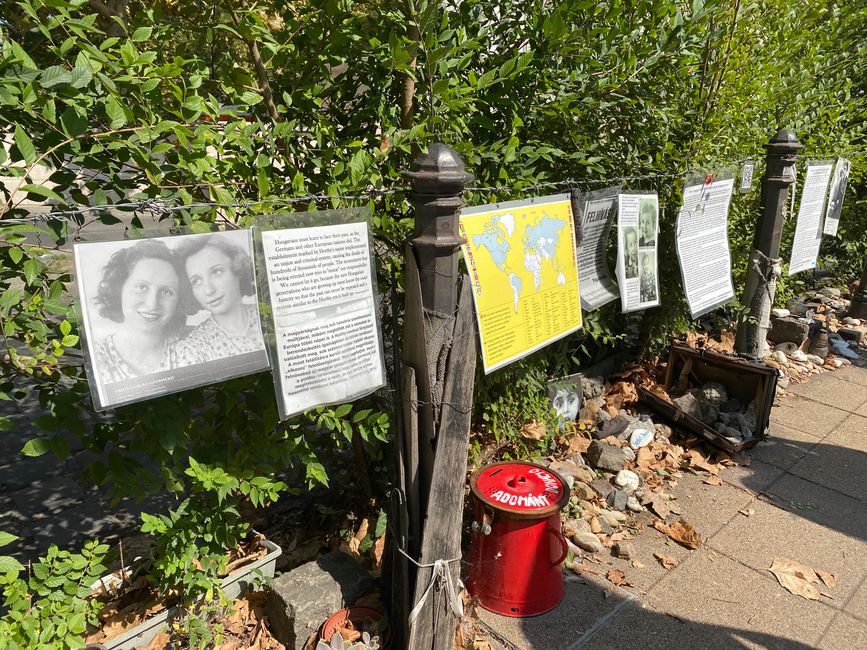
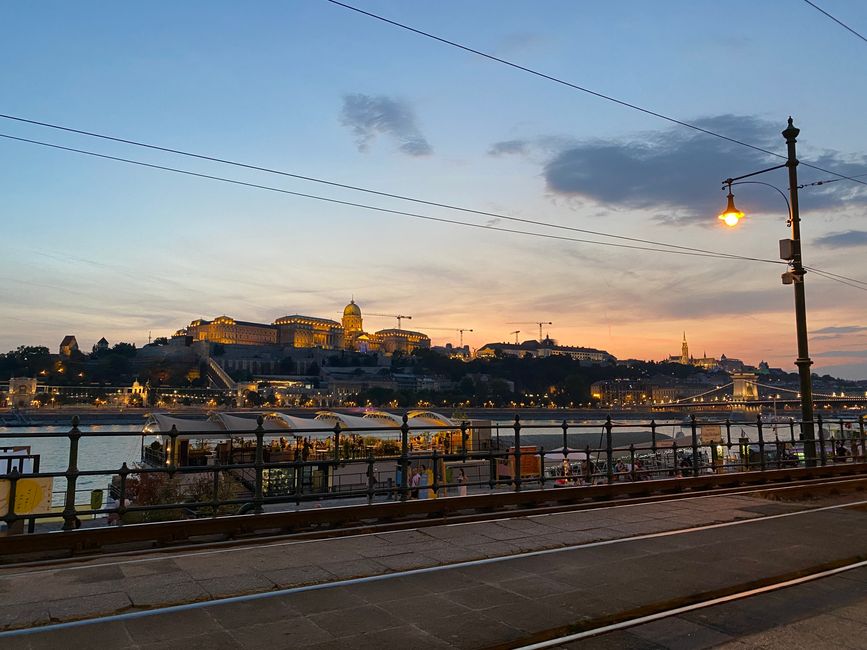
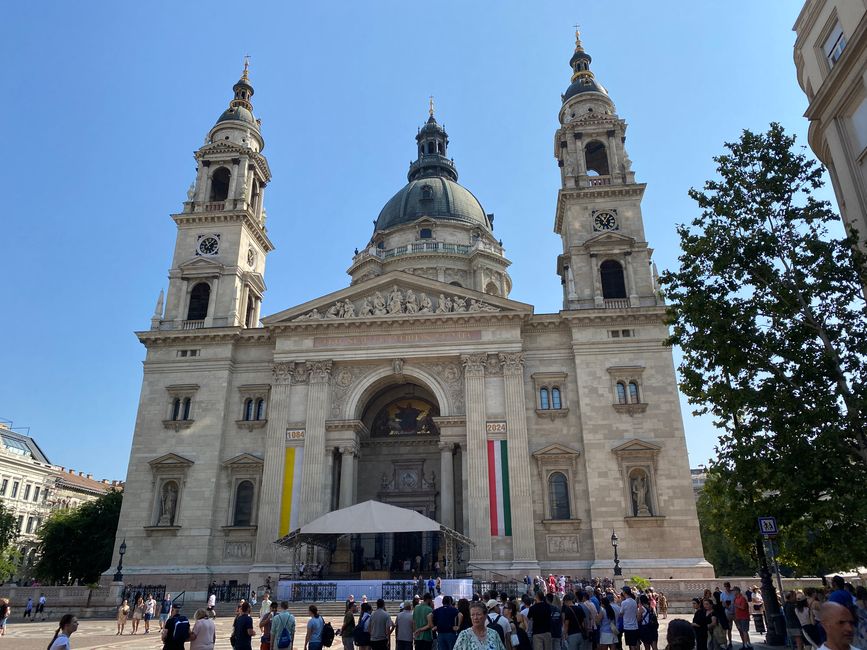
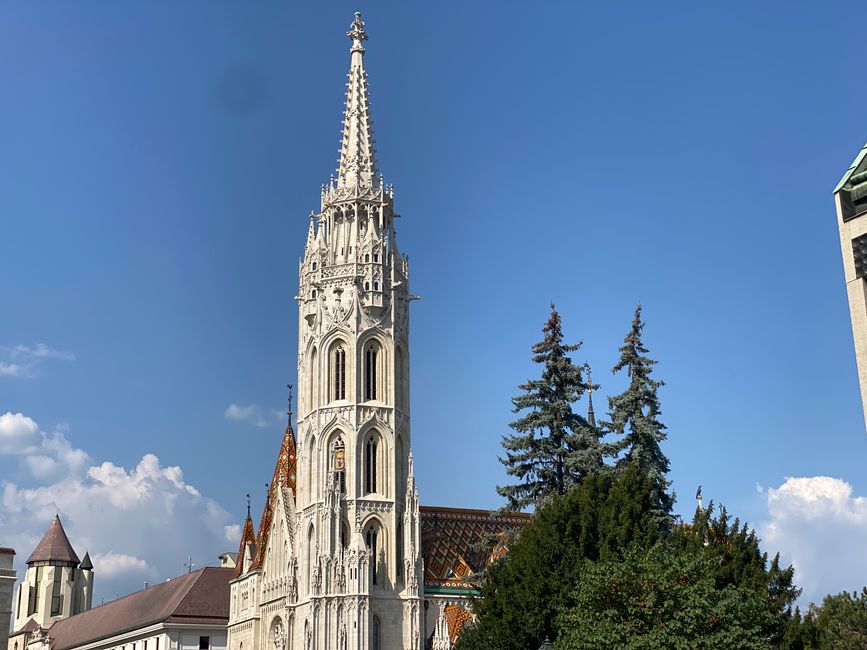
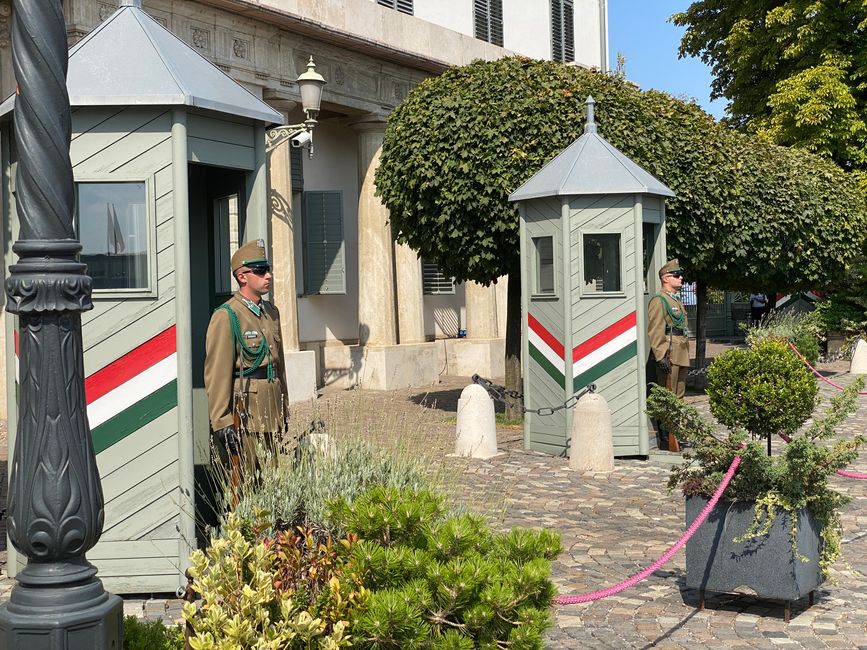
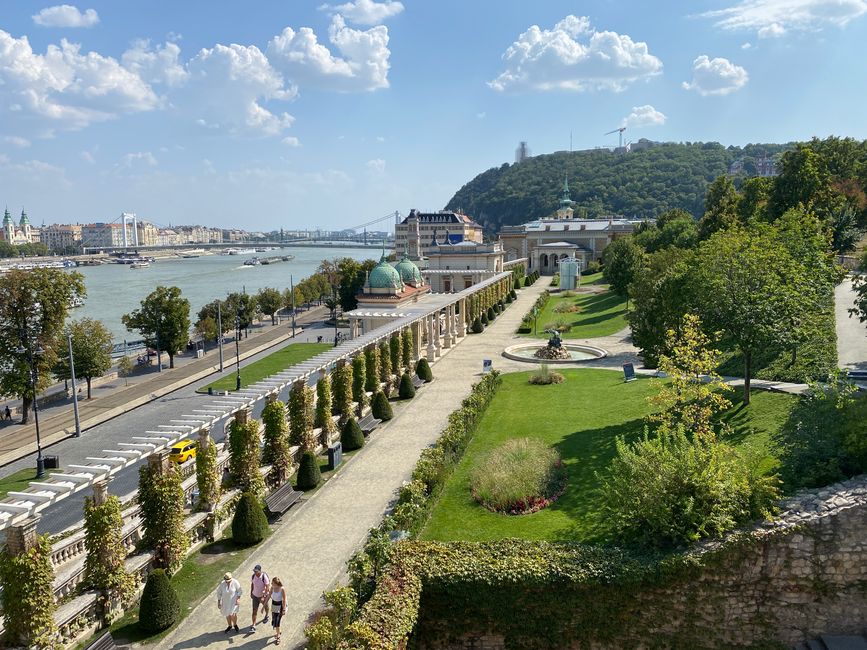
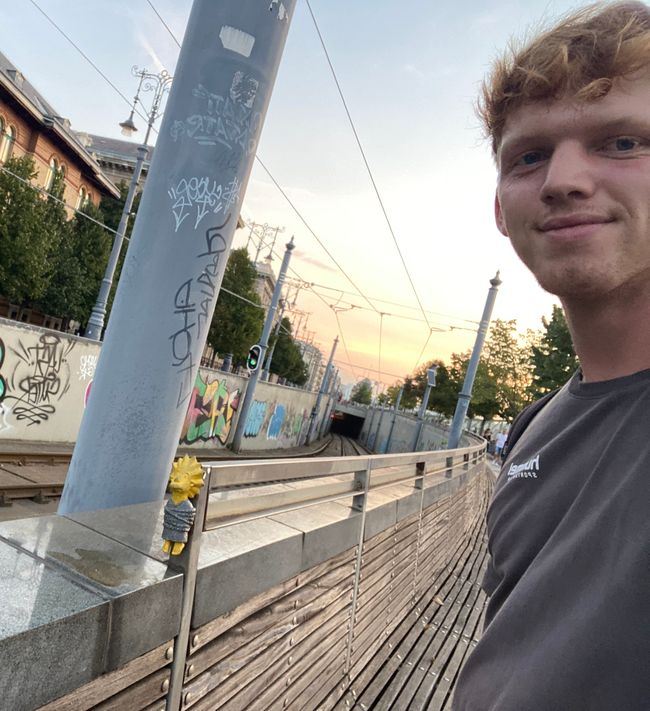
订阅时事通讯
As yesterday was rather quiet, I was ready today to explore Budapest thoroughly. I started with a two-and-a-half-hour free city tour.
Beginning with St. Stephen's Basilica, which at 96 m is alongside the equally tall Parliament building the highest structure in Budapest. This height is not coincidental, as the Kingdom of Hungary was founded in 896. This year is so sacred to them that the basilica and parliament building were constructed at this height. Inside the basilica lies the mummified right hand of Hungary's former king, Stephen I, who is the namesake of the basilica.
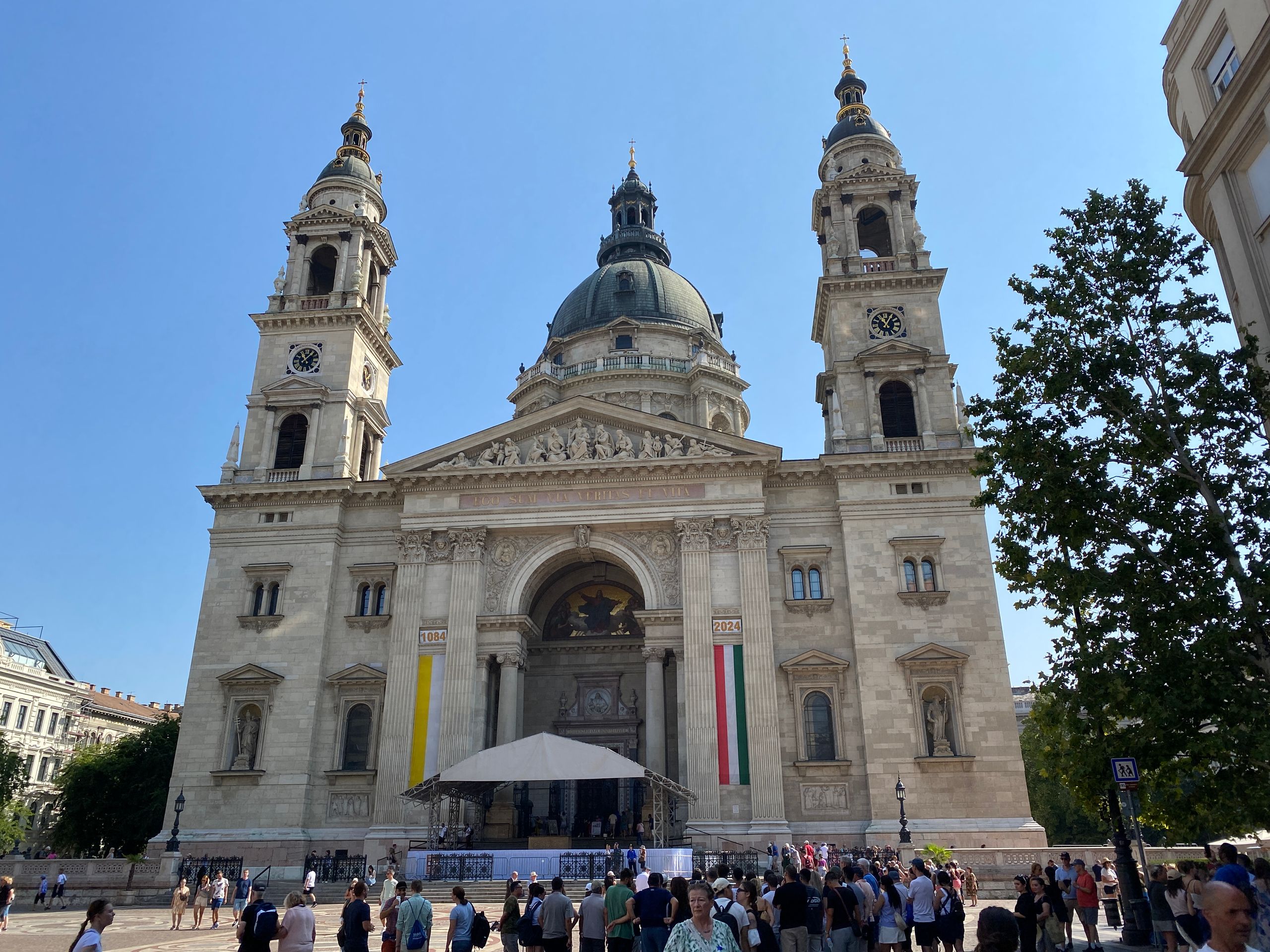
Since 2006, the most famous Hungarian football player Ferenc Puskás has also been interred here next to other kings of Hungary. Following his death on December 9, 2006, Hungary even observed national mourning.
Next, we went to Liberty Square, in the center of which stands a memorial for the victims of the German occupation. Even before its construction, this project faced harsh criticism from the Hungarian population. Hungarian Prime Minister Viktor Orbán, in particular, has been accused of historical revisionism. The monument portrays Hungary as a victim of the German troops' invasion. Critics speak of an obscuring of Hungary's responsibility for collaborating with the Nazis and supporting the Holocaust. Protesters besieged the square, wanting to prevent the construction. The government cordoned off the square to erect the monument nonetheless. Today, a fence around the monument displays information about Hungary's role in World War II, serving as a protest action against the government.
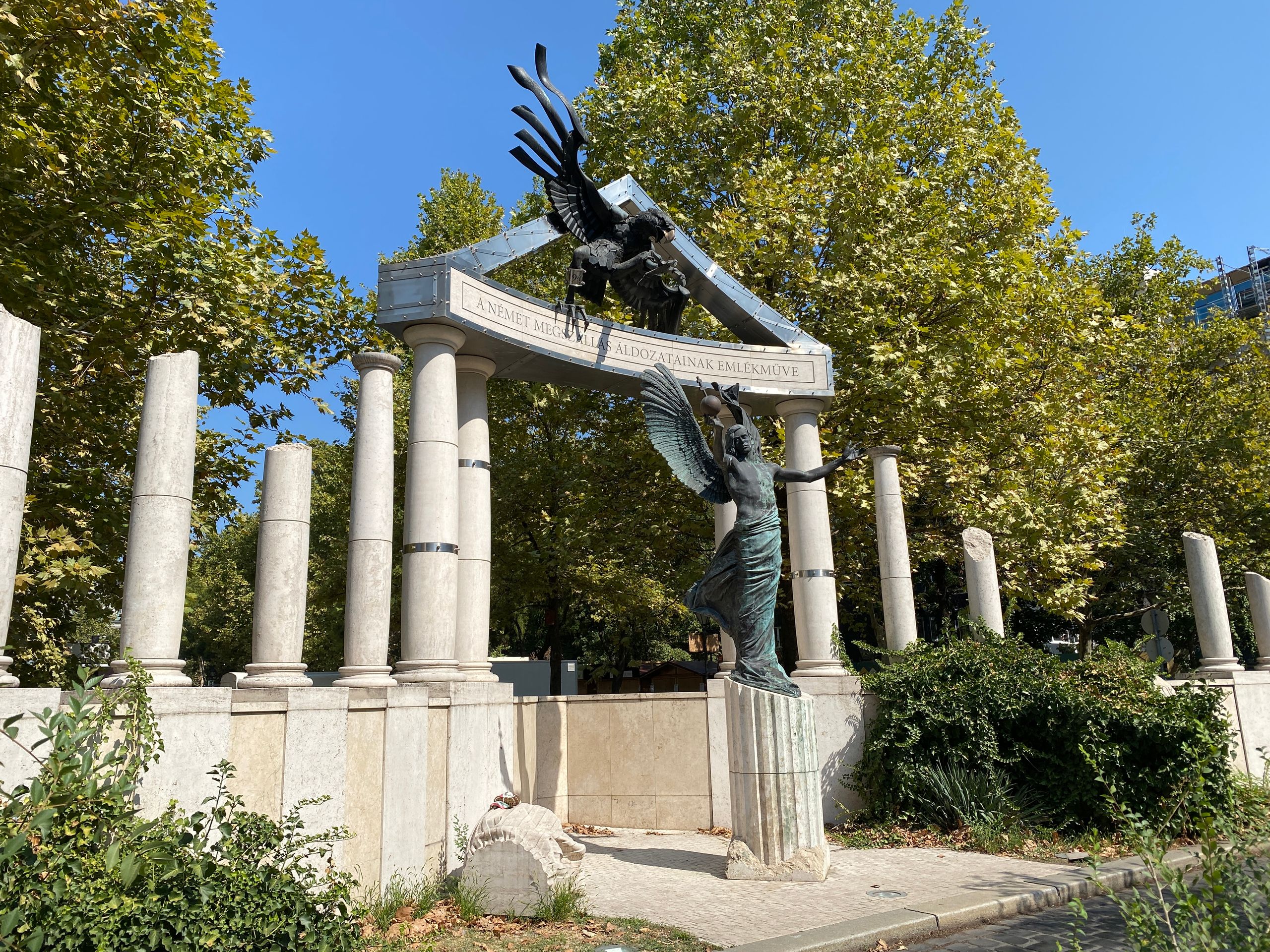
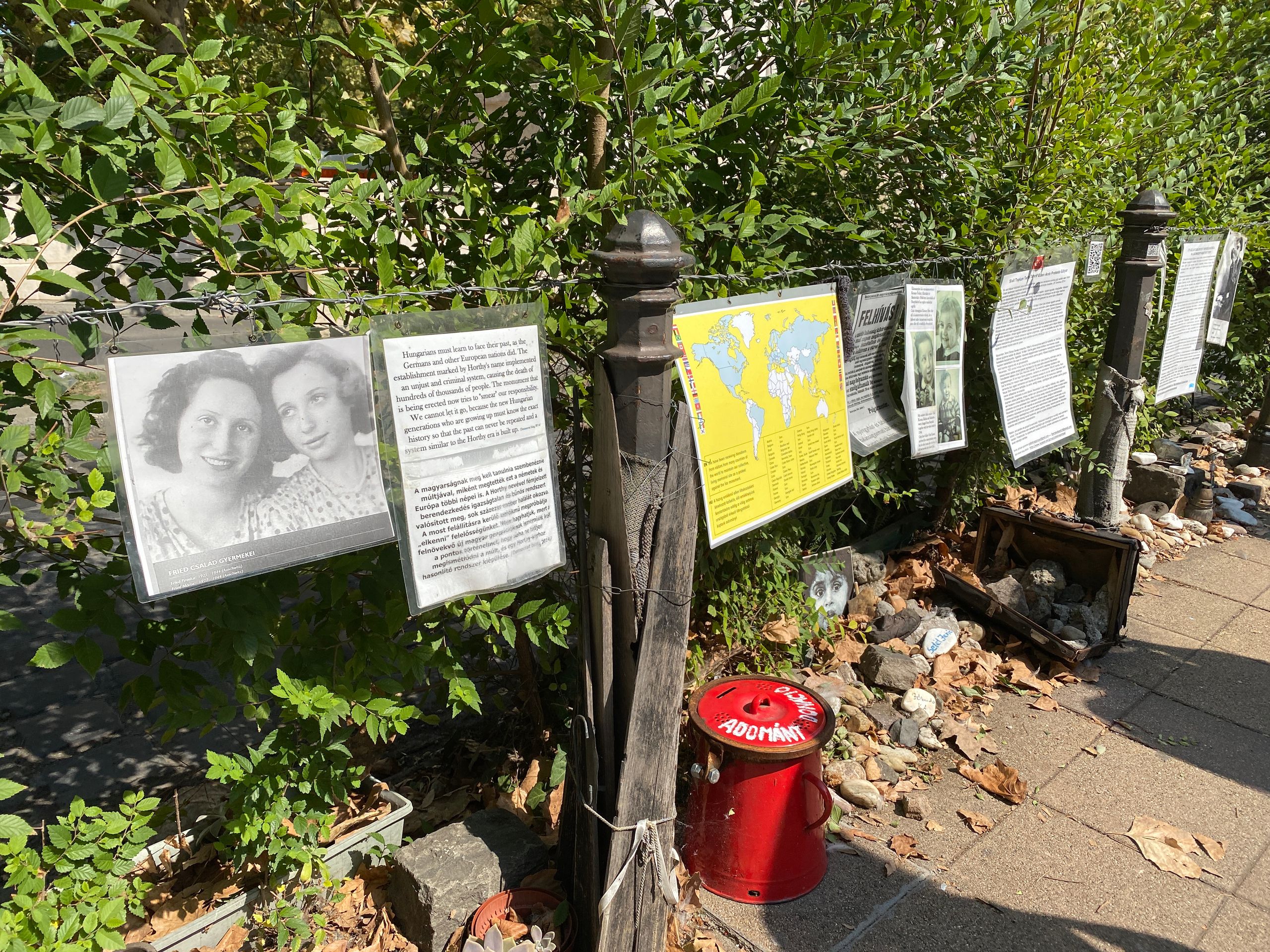
The next stop was the Parliament building. With around 700,000 visitors per year, it is the most popular attraction. Unfortunately, tickets are often sold out days or even weeks in advance. It was inaugurated at the turn of the millennium in 1896. About 100,000 people were involved in its construction, using 40 million bricks. The building is adorned with half a million precious stones and 40 kg of gold.
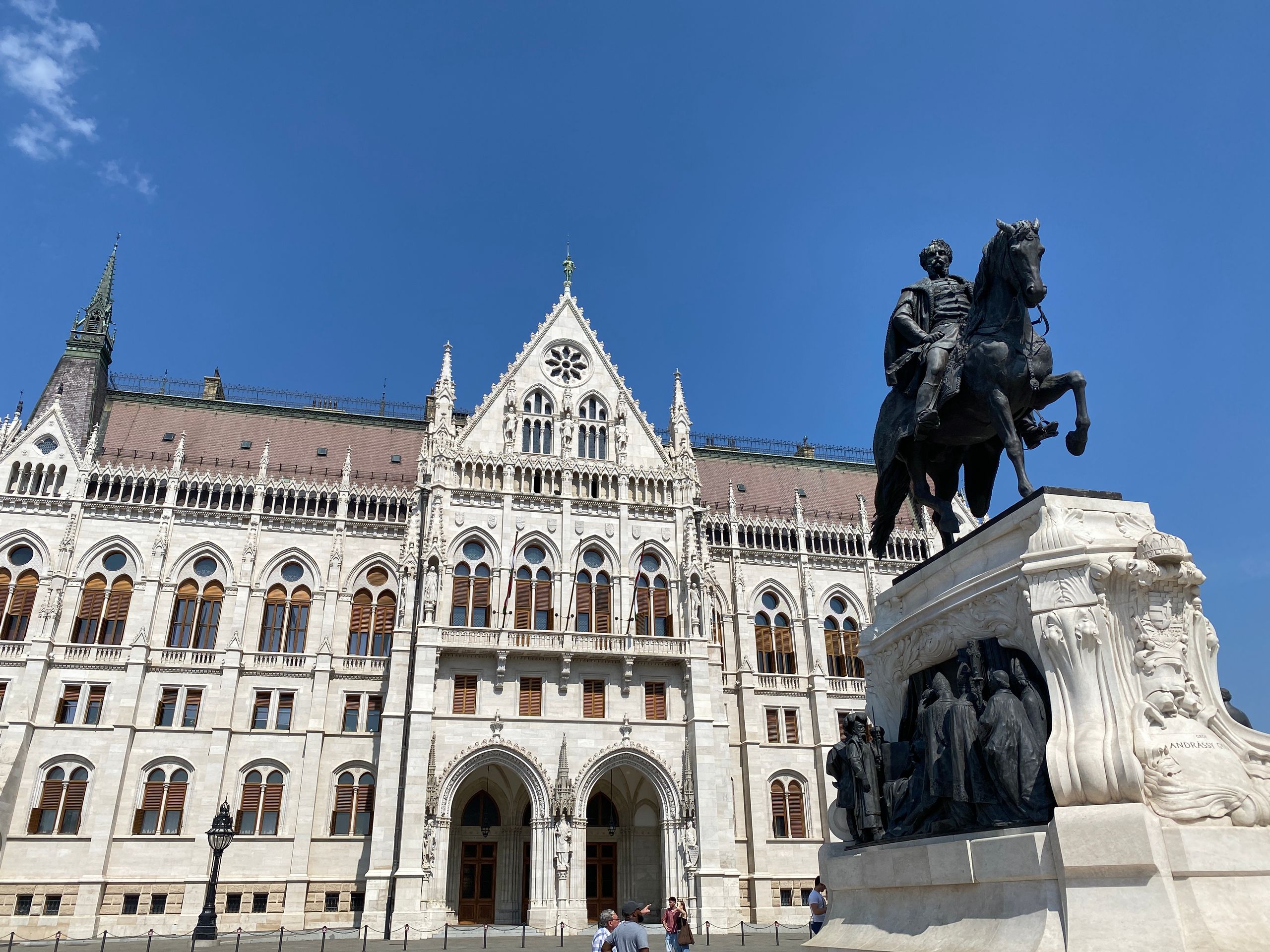
The tour ended at the Danube bank by the 2005 erected memorial “Shoes on the Danube Bank.” It was established in memory of the mass shootings of Hungarian Jews at the Danube bank in 1944/45. Along a length of 40 m, 60 pairs of shoes made of metal were installed. About 2,700-3,700 Jews were murdered here 80 years ago. The detailed representation of the different shoes, especially the children's shoes, is very emotional to see.
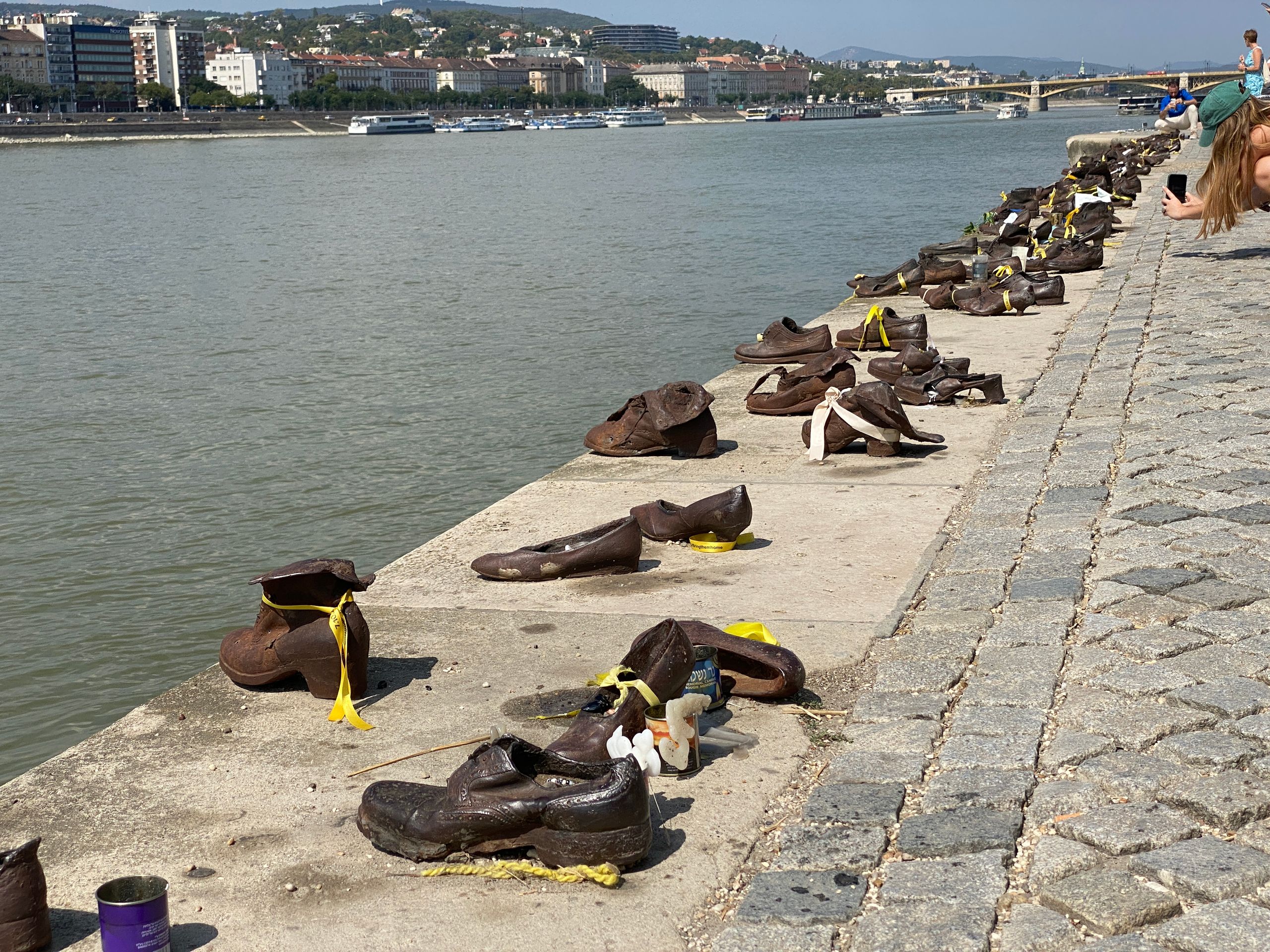
After the tour, I decided to go to the Buda district. Before Budapest became the city we know today in 1873, there were three independent cities: Pest, Buda, and Old Buda. Today, only a distinction is made between the Buda and Pest sides of the Danube. Buda is the more historical part with Buda Castle and the Fisherman's Bastion.
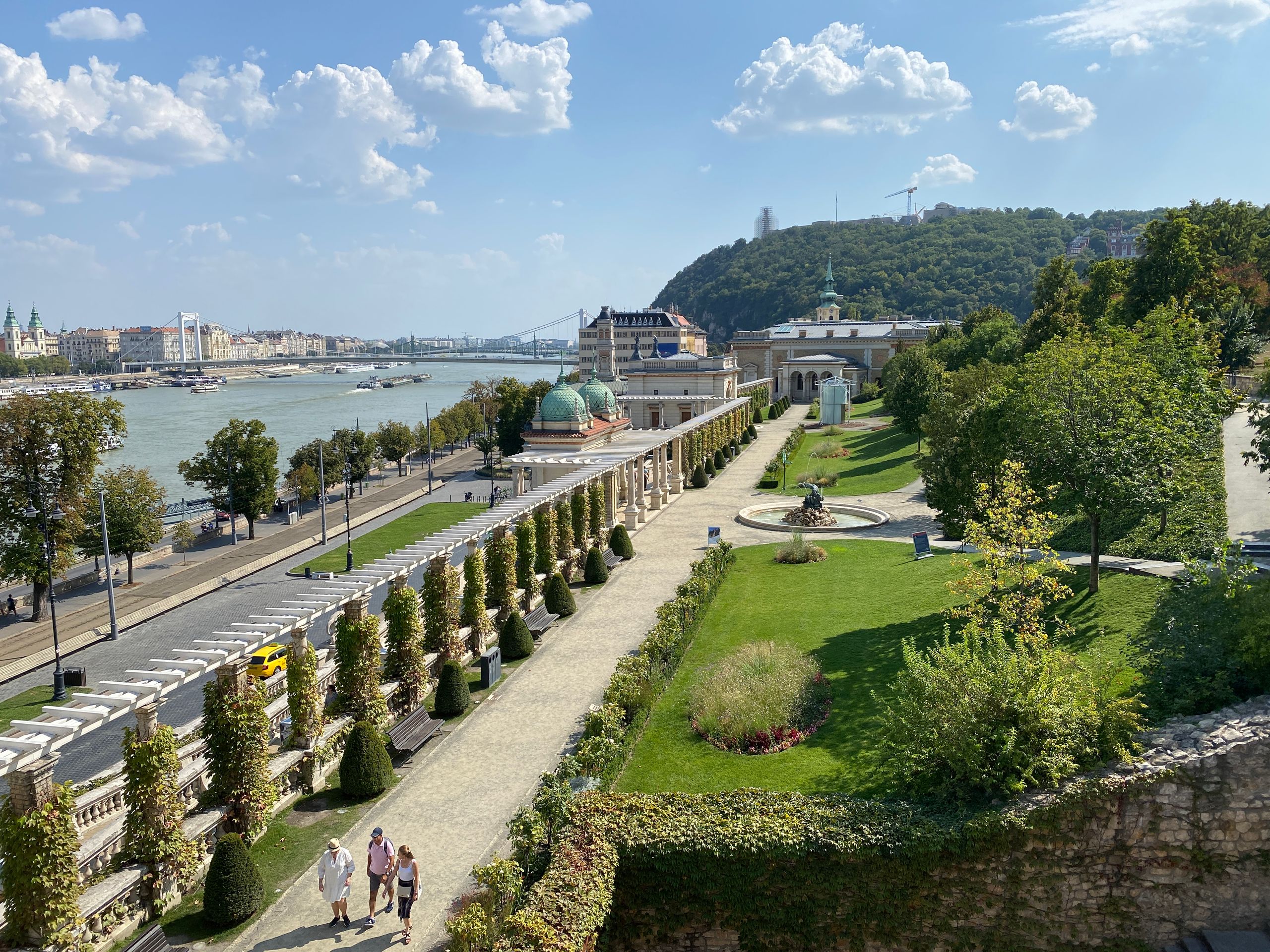
I crossed the Danube over the Chain Bridge and climbed some stairs to reach the needed height for the first viewpoint in front of Buda Castle. A few steps away lies the palace, from where Viktor Orbán conducts government business. The Matthias Church loomed in the distance, located right next to the Fisherman's Bastion. The Fisherman's Bastion was built from 1895 to 1902 on the site of a medieval fish market. In its current form, it serves as a viewing terrace for tourists.
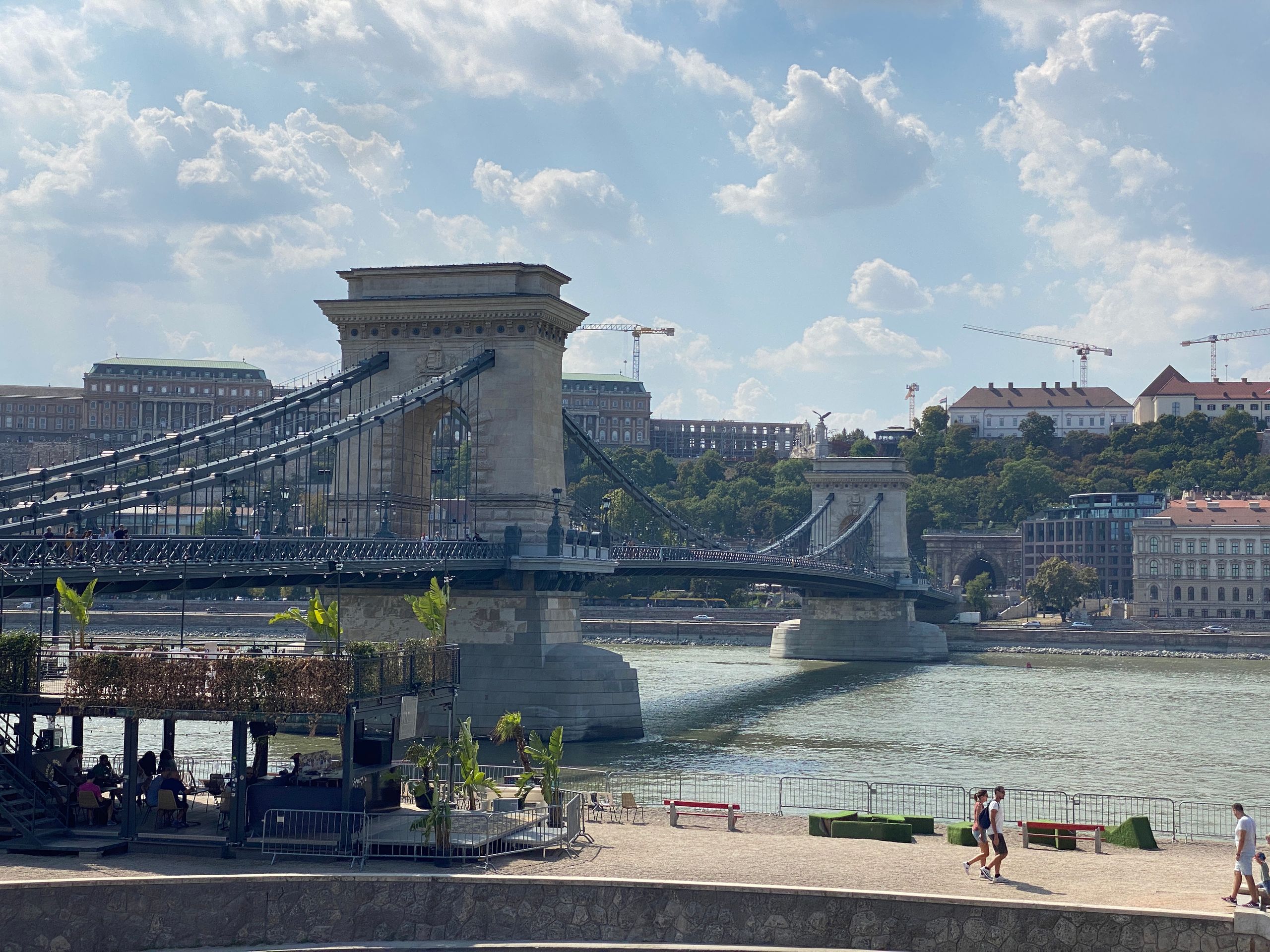
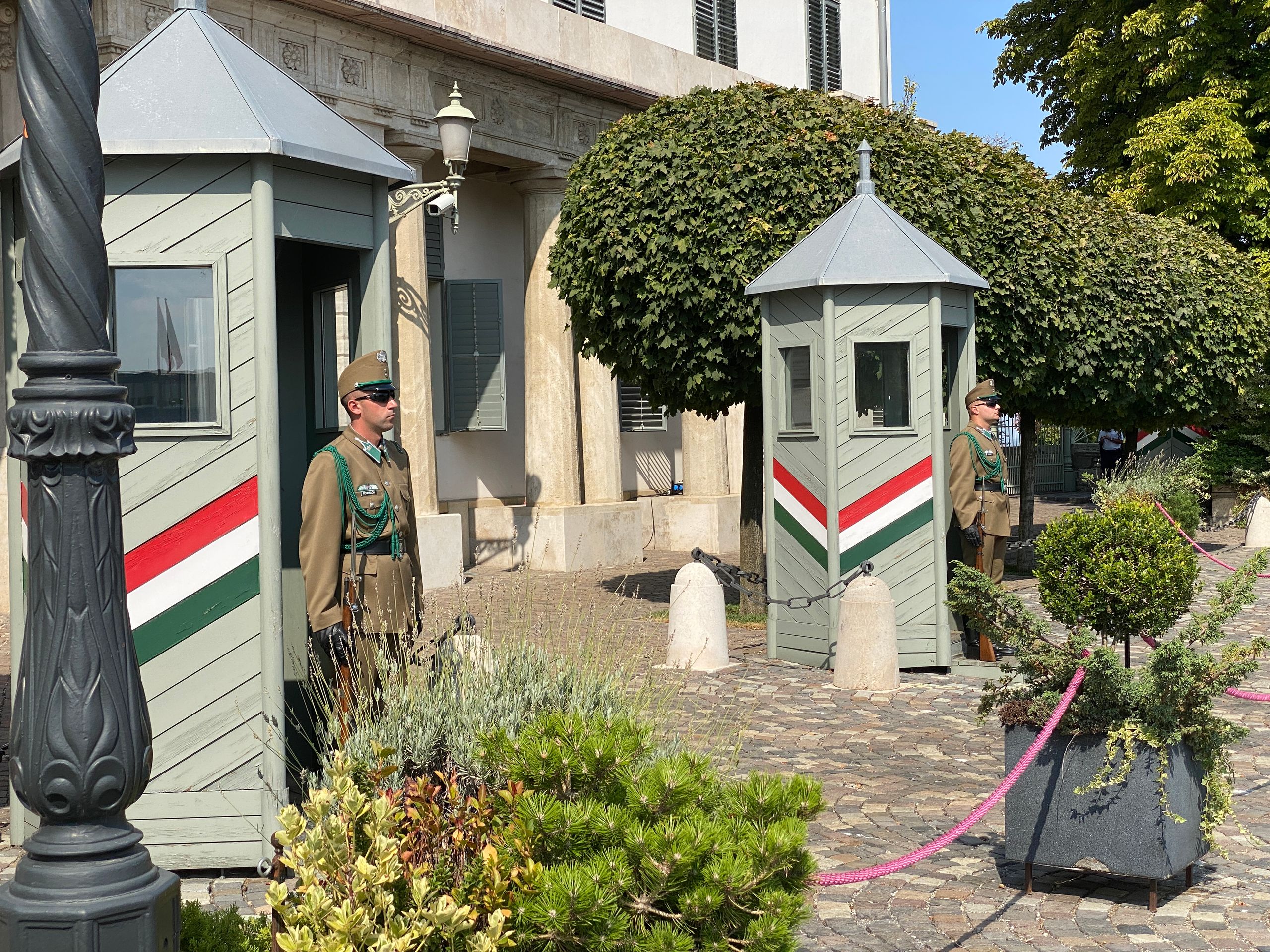
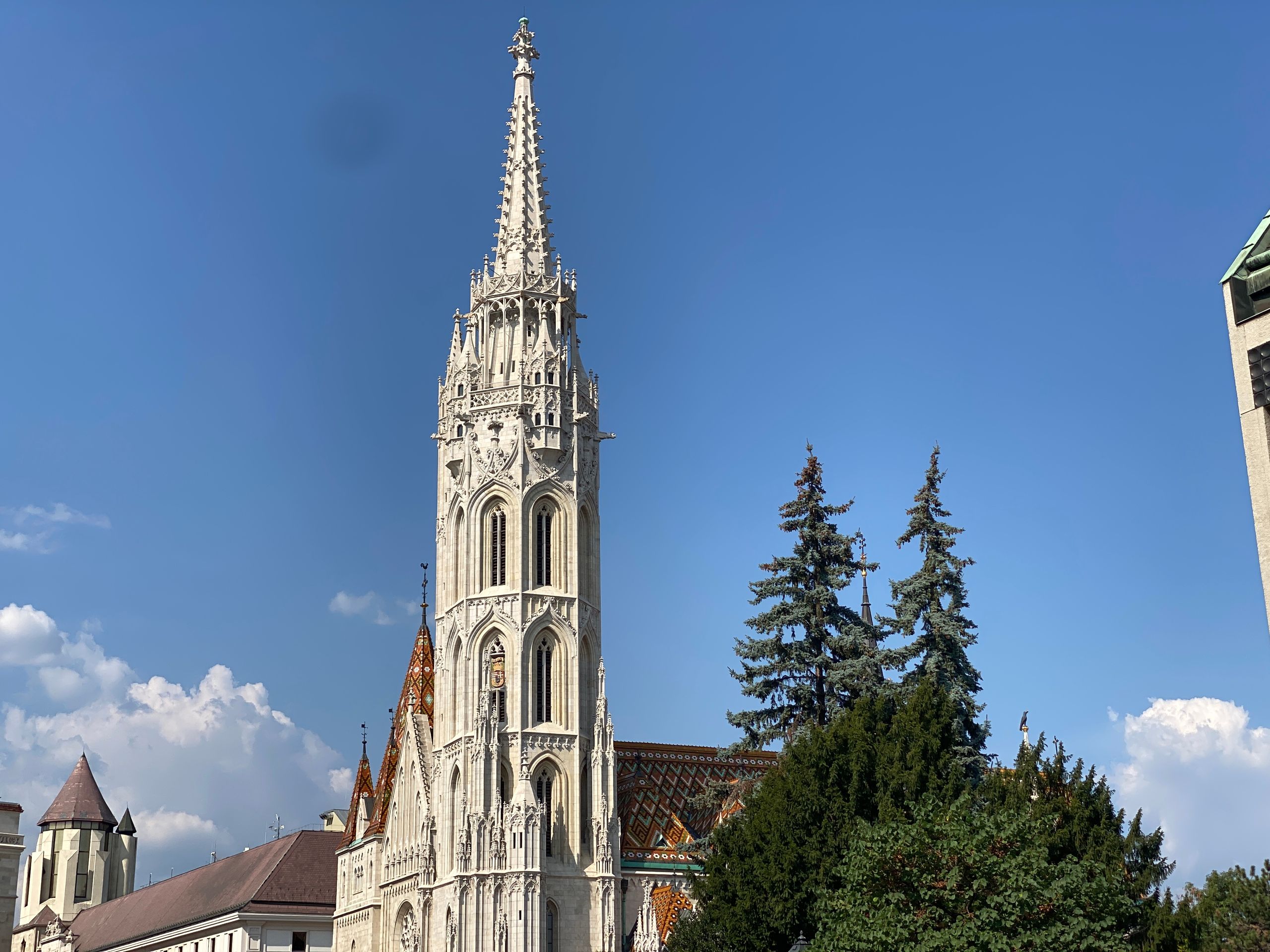
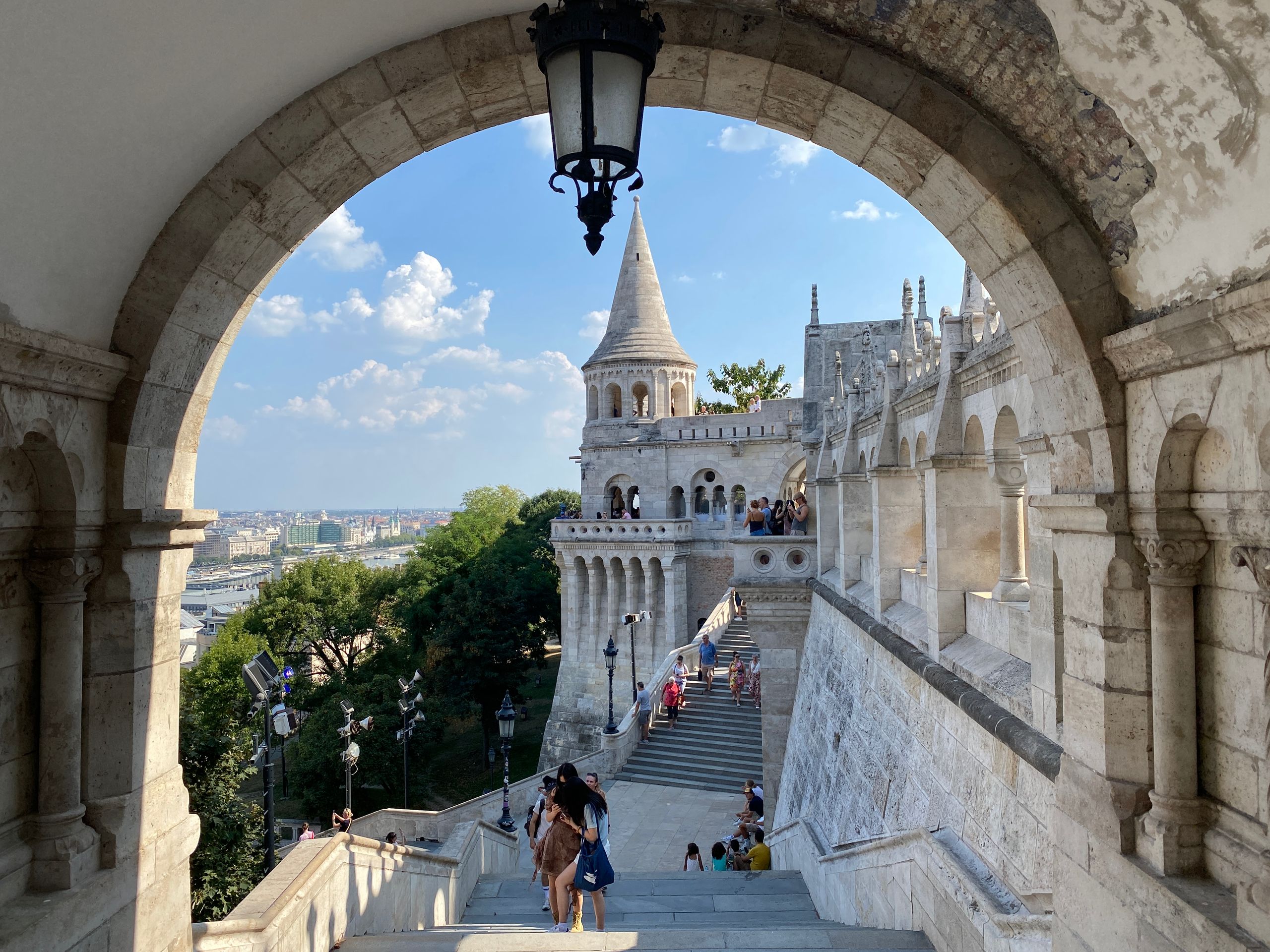
After enjoying the views, I bought an ice cream by the river and later pursued a goal that our city guide István gave us in the morning. Mini sculptures by the artist “Kolodko” were placed throughout Budapest. We were to take a selfie in front of 25 of these statues. As a reward, István would take us to a pub in Budapest. Convincing myself, I began to search for and take pictures.
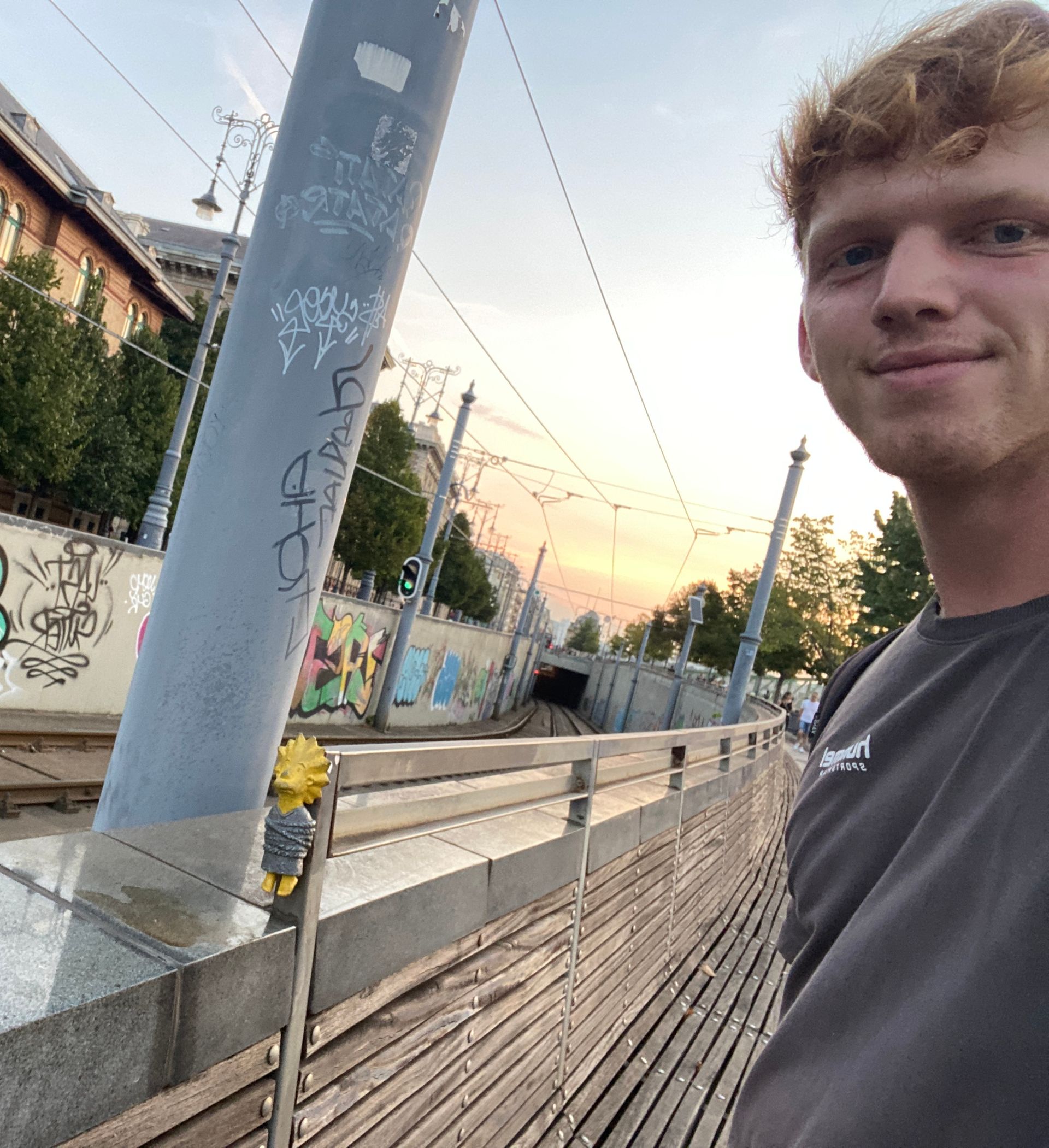
After three hours, I had to settle for five pictures and realized that this was a longer project and difficult to accomplish on foot. I settled down at the Danube bank and later returned to the hostel. Even though I couldn't find nearly all the statues, I still saw some corners of Budapest that I would never have discovered otherwise.

订阅时事通讯
回答 (1)
Cathleen
Sehr schöne Eindrücke und die Reisebeschreibung ist top!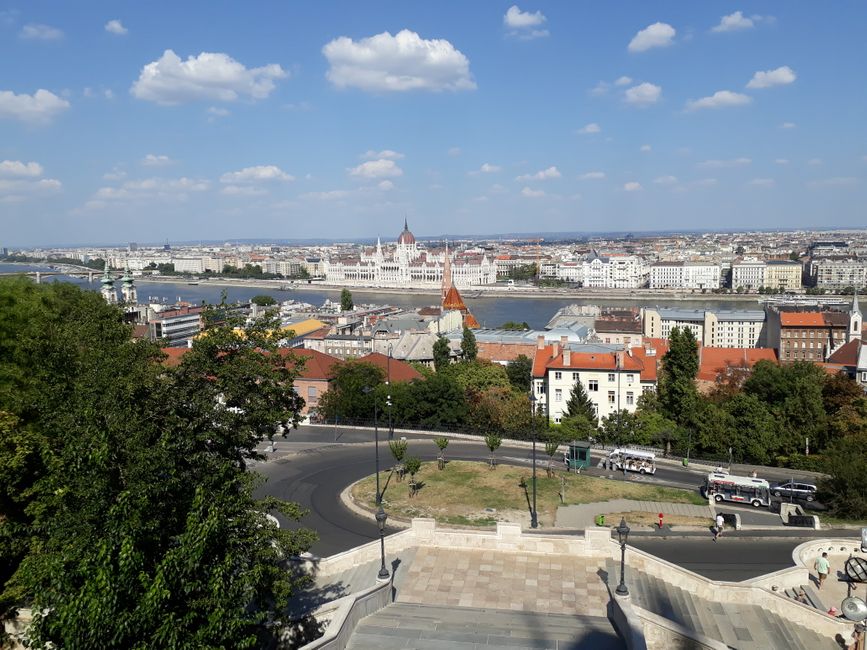
旅行报告匈牙利
